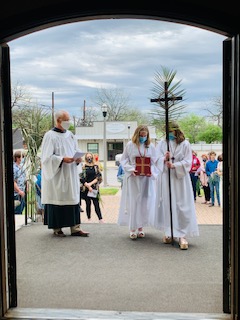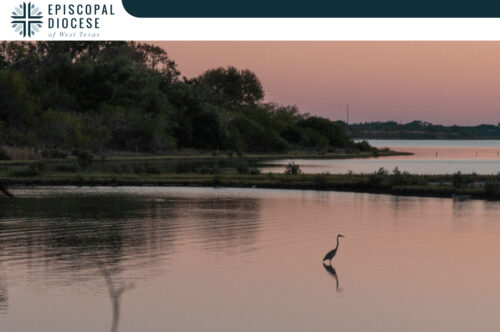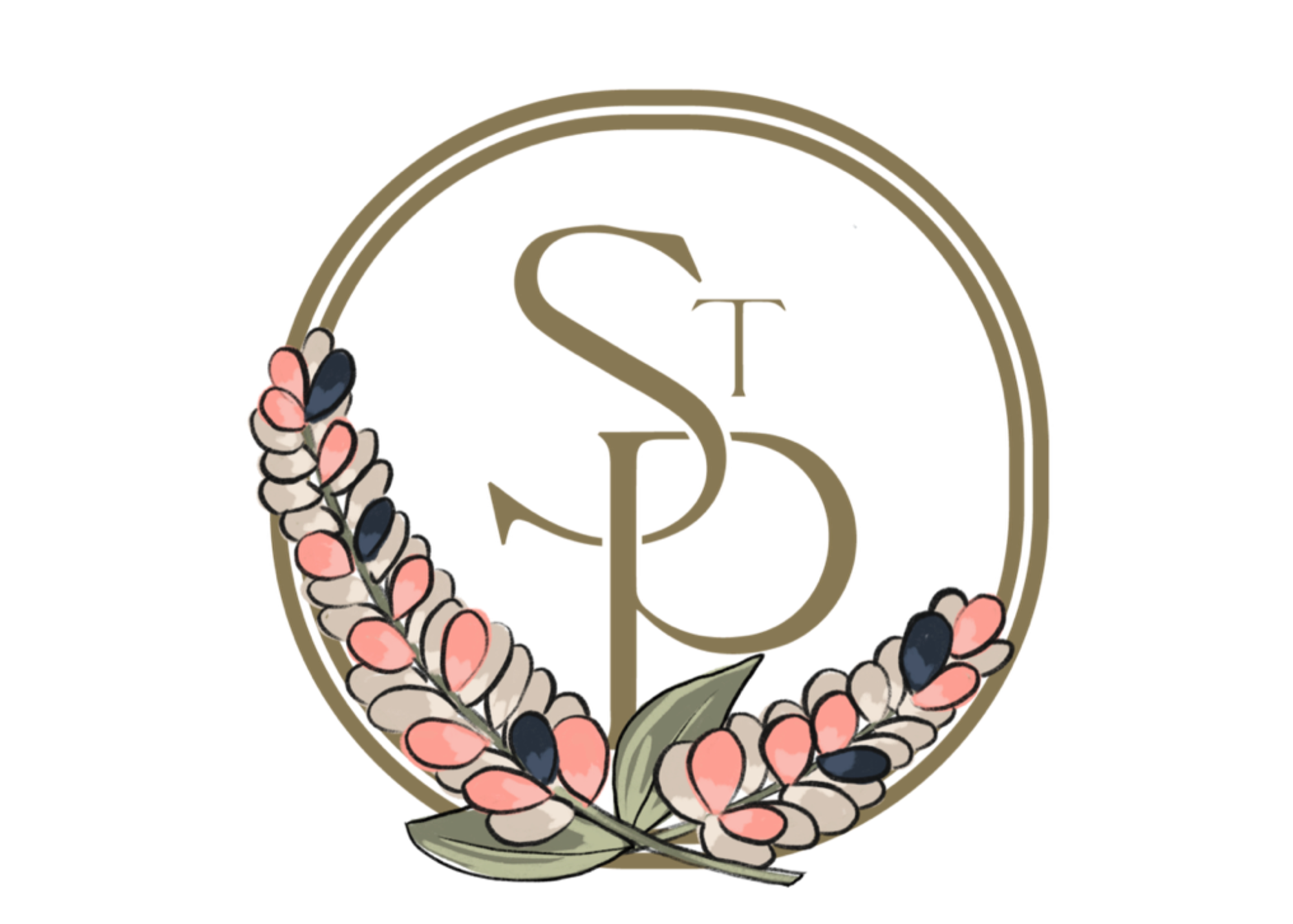
An Invitation to Walk through Holy Week
Holy Week is believed to have developed in Jerusalem in the fourth century. The Easter Vigil, one of the oldest of the church’s liturgies was already in existence at this time. Constantine’s construction of churches on sacred sites in the Holy Land along with an influx of pilgrims to Jerusalem for Easter produced the series of services that we now know as Holy Week. These services were usually held in Jerusalem on the original sites and at the times indicated in the gospel.
The liturgies of Holy Week are sometimes described as “rememorative.” They are not just historical remembrances of events Jesus experienced. Each liturgy is a re-presentation, a re-membering as a present reality, that invites our participation, not our spectatorship. So we show up and carry the palms, eat the body and drink the blood, wash the feet, extol the cross, sit at the tomb, keep vigil in the darkness waiting for the first spark of the new fire that illumines a new life. The power and meaning of Easter are realized only as we journey through Holy Week.
The liturgies of Holy Week mirror our life experiences, especially in the triduum, the three great days from Maundy Thursday through sundown on Easter Day.
Palm Sunday 10:30 a.m. (March 28)
Palm Sunday is a mixed day. It is more properly known as The Sunday of the Passion: Palm Sunday. So we begin with Jesus’ triumphal entry into Jerusalem and later in the liturgy hear the full passion narrative. Palms and passion. That’s life. It’s not one or the other. It’s both. Who is Jesus for us in this? What does triumph mean in our lives? How do we live in the tension of palms and passion?
The 10:30 liturgy on Palm Sunday will begin in Briscoe Hall. Palms will be distributed and blessed. We’ll hear the story of Jesus’ entry into Jerusalem and join his procession with our song and prayers. We will follow the way of Christ through Holy Week into Easter.
Monday, Tuesday, Wednesday of Holy Week – 12:10 p.m. (March 29, 30, 31)
Each day has its assigned readings and tells a piece of this week’s story. We smell the fragrance of perfume as Mary anoints Jesus. We hear Judas try to quantify life. We learn that in order to live we must die. We squirm with the disciples wondering, “Who is the betrayer?”
Maundy Thursday – 6:00 p.m. (April 1)
Maundy Thursday is an evening of intimacy. We share a last meal, wash feet, and see the altar of our life stripped bare. Vulnerability and communion are at the heart of the new commandment given this evening, to love one another as Jesus has loved us. There is no dismissal for this liturgy. It ends in silence.
Good Friday – 12:00 p.m. (April 2)
The silence of the Maundy Thursday liturgy brings us to and begins the Good Friday liturgy. We’ve all experienced Good Friday in our lives. A day of barrenness, silence, and death. The mystery on this day is that the resurrection is already present and hidden in the cross – that’s why we flower the cross on Easter morning. Beauty and life will spring from the cross. The cross becomes the sword plunged into the heart of death. So we pray the solemn collects, venerate the cross, and share communion from the reserve sacrament. We leave in silence.
Stations of the Cross 5:30 p.m. (April 2)
The Stations of the Cross commemorate Jesus Christ’s last day on earth as a man. The 14 stations focus on specific events of His last day, beginning with His condemnation. The stations are commonly used as a mini pilgrimage. There are specific prayers read at each station which help us recall and meditate on Jesus’ last day. The 14 Stations of the Cross are located around the front of the church on Getty Street. We will pray the stations together on Good Friday, the day of the year upon which the events actually occurred.
Holy Saturday – 10:00 a.m. (April 3)
There is not much to say or do on the Holy Saturday of life. It’s time spent at the tomb, waiting, wondering, weeping. It’s the day after the day of death and the day before resurrection. It’s the in between place. The liturgy on this day is very short. There is no communion. It’s a day to ponder, to keep silence. Where us Jesus? What is he doing? The church says he descended to the dead. He joins us in the hell of our life on Holy Saturday, and hades trembles.
Easter Sunday 7:00, 10:00 and 10:30 a.m. (April 4th)
The Great Vigil 7:00 a.m.
The Great Vigil of Easter is the first service of Easter Day and the Church’s primary celebration of Easter. The liturgy is rich with tradition, rituals, and symbolism. The liturgy begins in darkness, before sunrise, and takes us to the light of resurrection. Symbolically, this begins with the lighting of the new fire. We’ll begin the Great Vigil at 7:00 a.m. in the columbarium.
Why start in the columbarium? Easter always begins at the tomb. Through Lent and Holy Week we have followed and prayed the Stations of the Cross. The final station, number fourteen, is Jesus being placed in the tomb. The fourteenth station is inside the columbarium, the tomb. So that’s where we’ll begin Easter. The tomb and the womb are the two sides of death. In the darkness of the columbarium we’ll light the new fire, each other’s candles, and follow the light of Christ into the church where our Easter celebration will continue. The Easter Vigil is an ancient and powerful liturgy, the highlight of the Church’s year. Please join us Easter morning in the columbarium.
Flowering of the Cross – 10:00 a.m.
We will continue the tradition of the children bringing flowers to church on Easter morning to help flower the cross. The practice of putting fresh flowers on a rugged cross is based on a legend that Jesus’ cross burst into bloom at the moment of his death. The flowers transform a barren cross, a reminder of Jesus’ death, into a vibrant, colorful, and fragrant symbol of resurrection. Let’s make our cross bloom and proclaim in a visible way that Christ is risen!
Holy Eucharist – 10:30 a.m.
The tomb is empty. That is the good news of this day. When and how it happened we don’t know. Neither do we try to explain. Instead we proclaim, “Alleluia, Christ is risen!” Life has changed, not ended. “We join our voices with the Angels, Archangels, and all the company of heaven” to celebrate and give thanks for the new life given us and those we love. “The Lord is risen indeed.”
For several years now St. Philip’s has celebrated all the Holy Week liturgies of the Book of Common Prayer. Everyone is welcome and all are invited. Each day of Holy Week has an important part to play in bringing us to the fullness of Easter.



